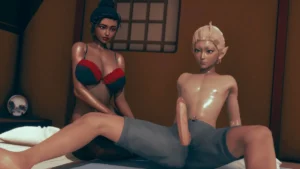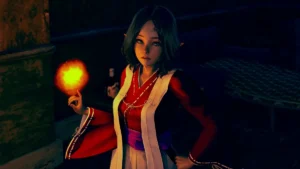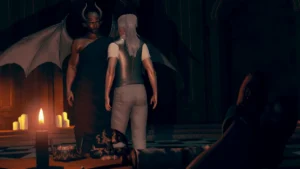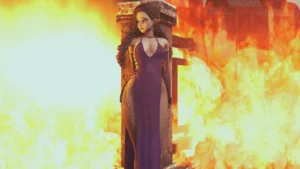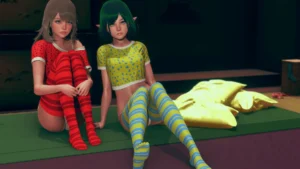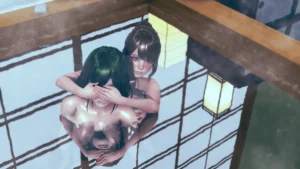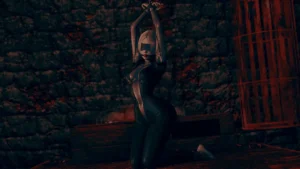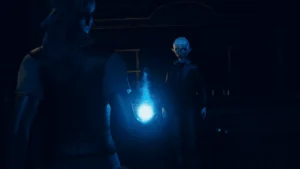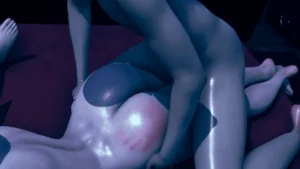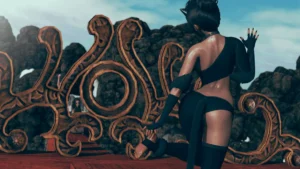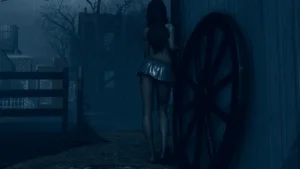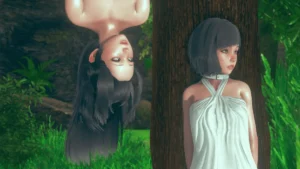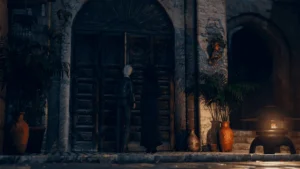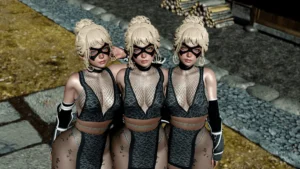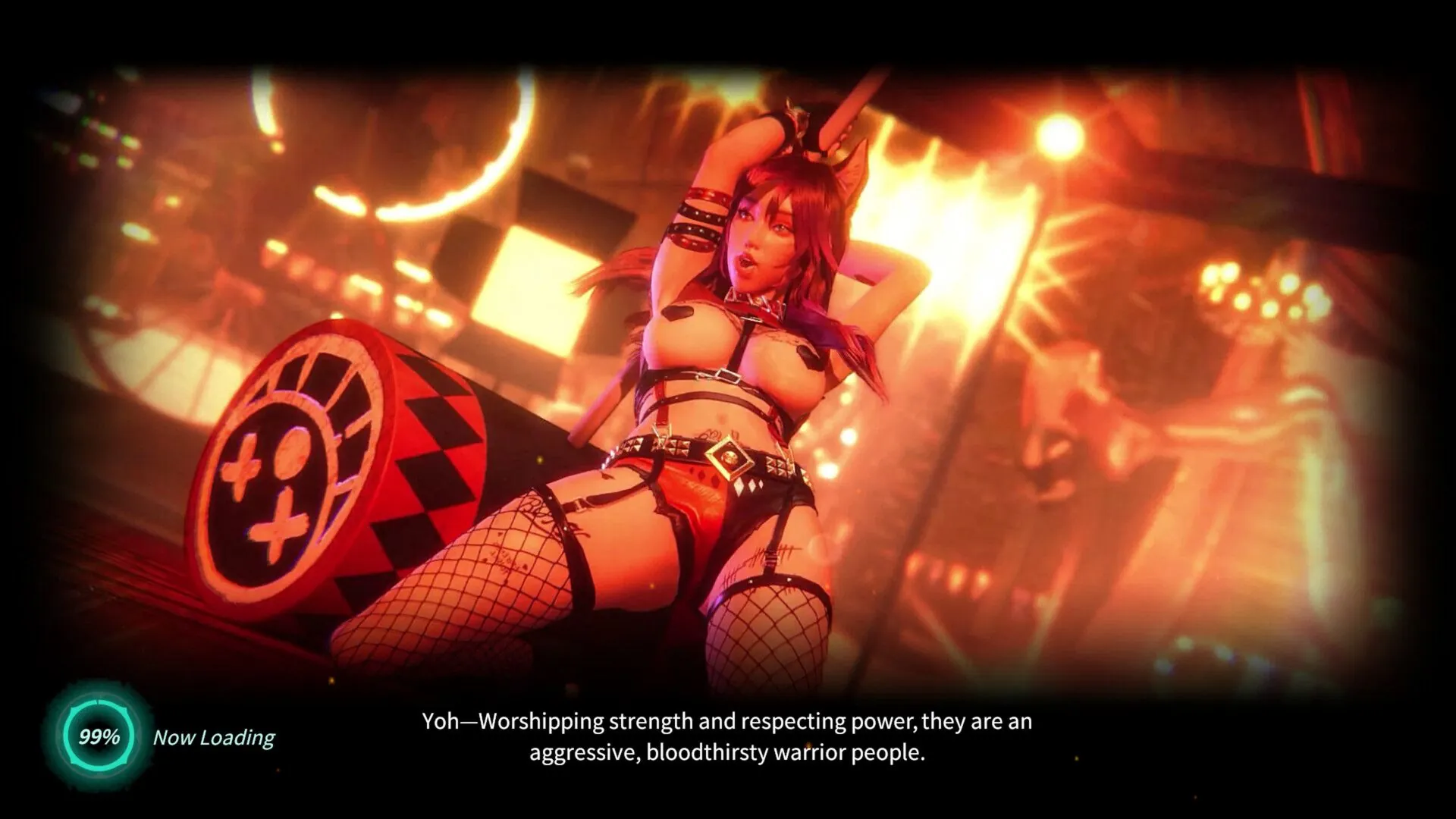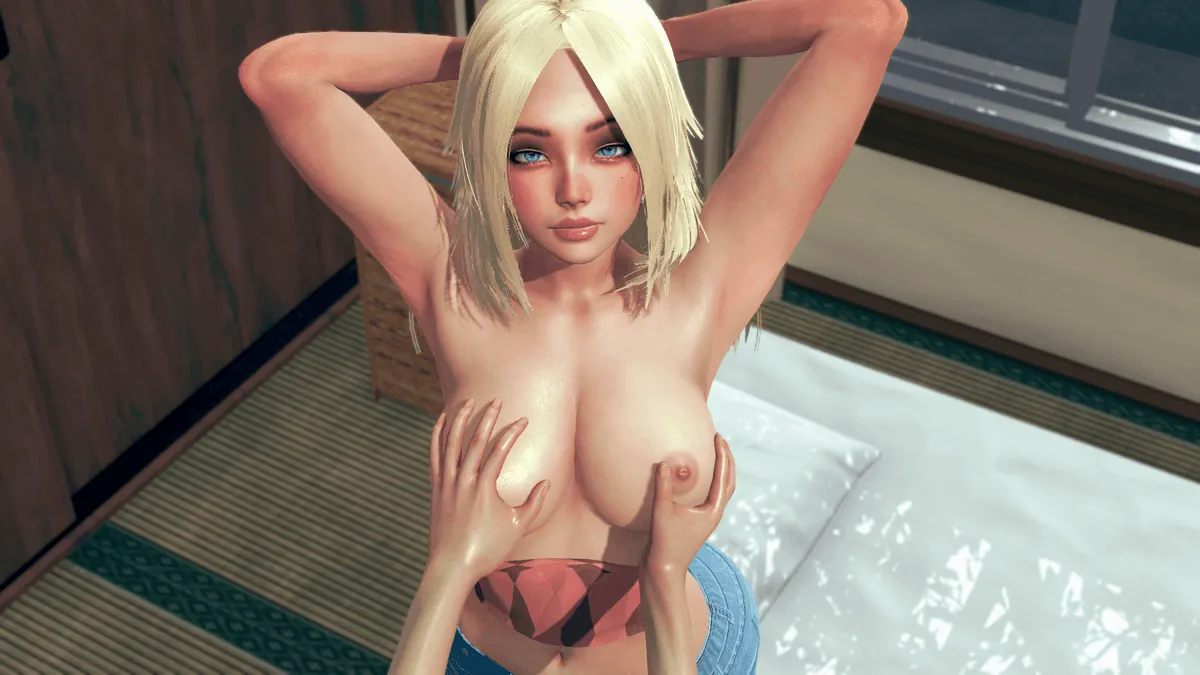
Stray Incubus
Play Stray Incubus
Stray Incubus review
Master the supernatural adventure with our complete walkthrough and strategy guide
Stray Incubus offers a unique supernatural adventure experience that combines character interaction, progression mechanics, and strategic decision-making. Whether you’re new to the game or looking to optimize your gameplay, understanding the core mechanics and character systems is essential for success. This guide covers everything from basic controls to advanced strategies, helping you navigate the game world effectively and unlock all the content this engaging title has to offer.
Core Gameplay Mechanics and Character Interactions
Ever found yourself completely lost in a supernatural adventure, unsure why certain characters won’t talk to you or how to afford that crucial upgrade? I certainly was during my first few sessions with Stray Incubus. 😅 The game throws you into a rich, atmospheric world, and understanding its core systems is the difference between flourishing and floundering. This chapter is your deep dive into the essential Stray Incubus gameplay mechanics that form the backbone of your entire experience. We’ll unravel how your actions shape the world, how to connect with its inhabitants, and how to build your power from a fledgling supernatural being into a true force to be reckoned with. 🦇
Understanding the Basic Game Systems
At its heart, Stray Incubus is a game of choices, consequences, and careful resource management. The core loop is deceptively simple, but mastering it requires a keen understanding of a few fundamental Stray Incubus gameplay mechanics. Think of your time in the game as being divided into distinct “days” or sessions. Each session, you have a limited pool of Energy, which is the primary resource for performing almost every action—from exploring new locations to engaging in deep conversations.
Pro Tip: Never end a session with full Energy! Always spend it on productive activities, even if it’s just gathering information or building a small amount of affinity with an NPC.
Your primary goals are driven by your nature and the overarching narrative. You’ll have main objectives that advance the central plot, side pursuits that reveal deeper character backstories, and personal goals related to your own growth. The beautiful part of the Stray Incubus gameplay mechanics is how these all intertwine; helping a character with a personal problem might unlock a new area or provide a valuable item for your main quest. I learned this the hard way when I ignored a seemingly minor side character for three sessions, only to find out they held the key to a major story branch I had locked myself out of! 🔑
The world is your oyster, but it’s gated behind your character progression guide. You don’t just gain access to new districts or storylines by playing the main quest; you need to improve specific attributes and social stats. Want to sneak into the restricted archives? You’ll need a high enough Stealth stat. Hoping to convince the guarded bartender to share some secrets? Your Persuasion skill better be up to snuff. This creates a fantastic, organic sense of growth where your expanding capabilities directly translate to new gameplay opportunities.
NPC Interaction Framework and Color-Coded Systems
This is where Stray Incubus truly shines and where many players, including myself initially, can get tripped up. The NPC interaction system is a sophisticated web of social dynamics that goes far beyond simple dialogue trees. Every character you meet is part of a color-coded framework that immediately tells you something about their nature and how you should approach them. 🎨
The character relationship mechanics are deeply tied to this system. Here’s a breakdown of what each color generally signifies:
- Red Auras: 🛑 These characters are often hostile, wary, or aligned against your interests. Interaction is high-risk, high-reward. A failed persuasion check here can have serious negative consequences, but winning them over can provide immense advantages.
- Blue Auras: 💙 Typically indicate characters who are melancholic, secretive, or in need of comfort. They respond well to empathetic choices and often have deeply personal side stories that are incredibly rewarding to uncover.
- Green Auras: 💚 These are your allies, informants, and generally friendly faces. They are the safest to interact with and are great for gathering resources and information early on. Building strong bonds with them is crucial for a solid support network.
- Gold Auras: 💛 The rarest and most significant. These characters are key to major plot progression or offer unique, powerful rewards. Your interactions with them are often pivotal moments in the story.
The genius of this NPC interaction system is that it provides immediate visual feedback. You’ll know at a glance whether you’re walking into a friendly chat or a tense negotiation. I remember cautiously approaching my first Red Aura character, expecting a fight, only to discover a deeply misunderstood individual I could help—completely changing my perception of the game’s moral complexity.
Your choices within these interactions are everything. The game remembers everything, and a throwaway comment in session 5 might come back to help or haunt you in session 25. The character relationship mechanics aren’t just about making friends; they’re about building a web of influence that supports your journey.
| NPC Type | Aura Color | Primary Interaction Method | Progression Requirement |
|---|---|---|---|
| Hostile Faction Member | Red | Intimidation, Bribery, Cunning Deception | High Combat or Deception Stat |
| Mournful Spirit | Blue | Empathetic Listening, Offering Comfort, Fetching Items | Medium Insight Stat, Completion of Personal Quest |
| Friendly Informant | Green | Friendly Conversation, Trading Gifts, Sharing Information | Basic Charisma, Small Favor Completion |
| Story-Critical Figure | Gold | Persuasion, Demonstrating Power, Completing Major Tasks | High Overall Reputation, Multiple Stat Thresholds Met |
Progression Mechanics and Advancement Pathways
Your journey from a vulnerable supernatural being to a master of your destiny is governed by a intricate set of progression systems. Understanding this is the ultimate character progression guide. 🧗♂️ Unlike games where you just mindlessly grind for XP, advancement in Stray Incubus is multi-faceted and deeply connected to your actions.
Attribute and Skill Development
You improve by doing. Want to get better at persuasion? Then engage in conversations and choose persuasive dialogue options. Need to boost your occult knowledge? Spend time studying in the library or practicing rituals. This “learn-by-doing” system makes every action feel meaningful. My biggest mistake early on was hyper-specializing, which left me unable to handle challenges outside my narrow focus. A balanced approach is often better than min-maxing, at least for your first playthrough.
The Stray Incubus Currency System and Economy 💰
Let’s talk about one of the most practical aspects: how to earn money in Stray Incubus. The economy is tight, and you’ll almost always feel like you need just a few more coins for that essential upgrade. Currency (often called “Essence” or “Soul Shards” in-game) is primarily earned through:
- Completing quests for various characters (especially Gold Aura NPCs).
- Successful social interactions that result in a favor or reward.
- Exploring and finding hidden caches throughout the world.
- Trading items you’ve gathered or crafted.
The Stray Incubus currency system is designed to make you think carefully about your purchases. Do you buy that new ability now, or save up for a permanent stat boost? I recommend prioritizing permanent upgrades over consumable items, as they provide long-term value. One of the best game progression tips I can give is to regularly check in with your network of Green Aura contacts; they often have small, repeatable tasks that provide a steady, low-risk income stream.
Unlocking Content and Beating Progression Gates
The world opens up not linearly, but based on your accomplishments and relationships. You might gain access to a new area because you helped a specific character, not because you reached a certain story point. This makes your character progression guide a living thing, unique to your choices.
Here are some essential game progression tips to avoid common pitfalls:
- Diversify Your Social Circle: 🗣️ Don’t just focus on one or two characters. Spread your attention to build a wide network. You never know which connection will be vital later.
- Invest in Mobility Early: Unlocking fast travel or movement abilities is one of the best investments you can make, as it saves you massive amounts of time and Energy.
- Document Everything: The game doesn’t always hold your hand. Take notes on character quirks and promises you make. This paid off for me when I remembered a character’s off-hand mention of a lost heirloom, which became the key to earning their trust sessions later.
- Embrace Failure: Some of the most interesting story branches come from “failing” a social encounter or making a “wrong” choice. Don’t reload immediately; see where the new path leads!
Ultimately, the Stray Incubus gameplay mechanics are a beautiful, interlocking system. Your social prowess fuels your economic power, which in turn funds your character growth, which unlocks new social and story opportunities. It’s a fantastic, rewarding cycle that makes you feel like a true architect of your own supernatural saga. ✨
Frequently Asked Questions
How does the session/energy system work, and are there hard limits?
The game operates on a session-based system where each action costs Energy. When your Energy is depleted, the session typically ends, and you’ll get a summary of your progress. There are no hard limits on the number of sessions you can play, but certain story events are triggered by reaching specific milestones, which may change the state of the world and make some previous opportunities unavailable. Manage your Energy wisely!
What does it take to “complete” a character’s storyline?
“Completing” a character’s arc usually requires reaching the maximum affinity level with them, which involves successfully navigating all their major story beats and making choices they approve of. For some, especially Red Aura characters, it might also involve defeating them in a confrontation or helping them achieve a personal resolution. It’s a complex process that is central to the character relationship mechanics.
What are the most common progression gates that block players?
Players most commonly get blocked by:
1. Insufficient Social Stats: A specific conversation requires a Persuasion or Intimidation level they haven’t reached.
2. Poor Resource Management: They don’t have enough currency for a essential item or upgrade.
3. Missed Key Interactions: They progressed the main story too quickly without building crucial relationships, locking them out of necessary assistance.
4. Low Attribute Scores: They cannot access a location or pass a skill check because an attribute like “Occult Knowledge” is too low. Following a good character progression guide from the start helps avoid these issues.
Stray Incubus delivers a complex and engaging experience that rewards strategic thinking and thorough exploration. By mastering the core mechanics, understanding character systems, and optimizing your resource management, you’ll unlock the full potential of what the game offers. Whether you’re pursuing specific character interactions or aiming for complete game mastery, the strategies and insights covered in this guide provide a solid foundation for success. Take your time exploring different approaches, experiment with various character interactions, and enjoy the unique experience that Stray Incubus provides. Your journey through this supernatural adventure becomes increasingly rewarding as you deepen your understanding of its intricate systems.



